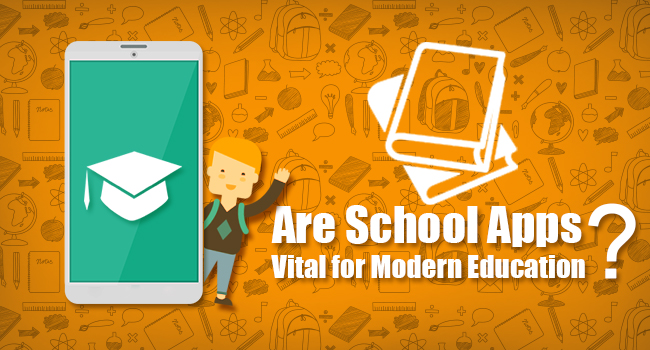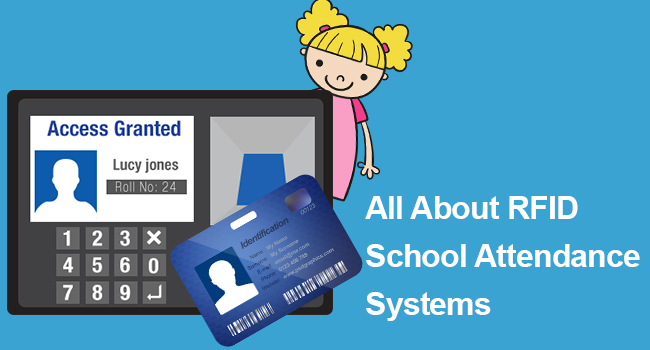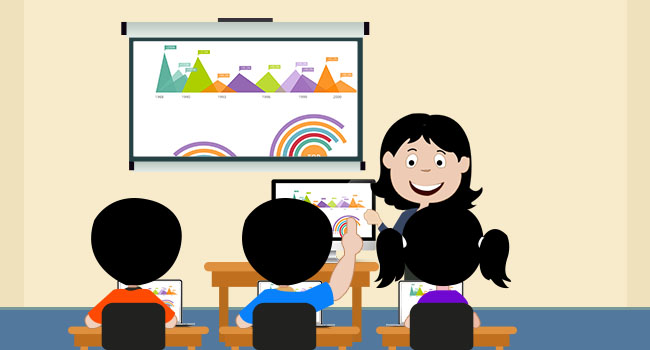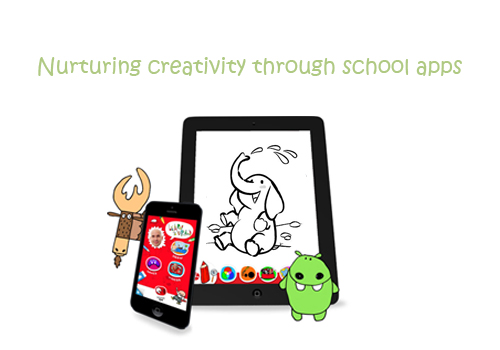“Teachers who use technology frequently to support learning in their classrooms report greater benefits to student learning, engagement and skills from technology than teachers who spend less time using technology to support learning”- “Educators, Technology and 21st Century Skills: Dispelling Five Myths”
Technology has dramatically changed the field of education over the past few decades. Teachers have a great role to play in a child’s education. It is found that 50% of the teacher’s time is spending on managing behaviour and not on delivering instructions. Each and every second is precious to them as they have only limited time to spare.
Recommended for You: Are School Apps Vital for Modern Education?
School apps can make the job of teacher a bit easier. The following are the 10 school apps for teachers which is useful to teachers as well as students:
1. Too Noisy
Too Noisy is an app which helps us to control the student chatter existing in the classroom in real-time. This app stored with right level of noise and an alarm starts ringing when the class rises above that particular level. This is a useful app which helps the teachers to manage the classroom properly.
2. Remind101
Remind101 is a free app which is specifically designed for teachers. With the help of this app, teachers are able to send announcements and notices to students as well as parents. One of the greatest benefits of using this app is teachers do not need to show their personal details or contact number for communicating with parents and students. Teachers are not able to get access to the personal details of recipients. The real strength of this app is its emphasis on privacy.
3.ClassDojo
ClassDojo is an app which helps teachers improve their behaviour in classroom easily and quickly. It also generates and apprehends data on behavior which teachers can share with both teachers and administrators. Using this app, one can give feedback, encouragement and thus view report on the student’s behaviour.
4.GradeBook Pro
GradeBook Pro is an app which helps to manage the class. This app will help the teachers to check attendance and to record evolution of student’s performance throughout the course. One of the greatest disadvantages of this app is that it is not free to use.
5.Teachers Assistant Pro 2
Teachers Assistant Pro 2 is an app better than GradeBook Pro. It offers a range of function which assists in managing the classroom. This app helps to see real transformation of students behavior. Students personal information such as address, health conditions and their details about siblings is available in this app. These features will be useful to teachers for facilitating feedback reports to parents.
You May also Like: 6 Ways School Apps are Important for Parents
6.Educreations
Educreation is an app which enables the teachers to draw and can thus share those creations of students in real-time. By adding audio to those creations, it becomes a teaching tool.
7.Podcast
Podcast is an app which allows access to thousands of podcasts or audio recordings. With the help of this app, teachers can create their own station to upload audio lessons which are suitable for students to download. The greatest advantage of using podcasts is that students can listen to this audio when they want and as many times as they want without any restrictions. This app is available only for Apple iOS but apps like podcast is available for Android as well.
8.TED
TED is a special kind of app which presents talks given by some of inspiring personalities all over the world from almost every field. This app offers all those conferences for free.
9.Math Formulas
Math Formulas give us a group of mathematical formulas from algebra, matrices, geometry, trigonometry etc. which are difficult to memorize. This app is available on Android, but similar apps are available on Apple products as well.
10.ExamTime
ExamTime with the help of this app, teachers can share resources, work on group projects and organize debates. It also allows to create multiple resources such as Flashcards, Quiz Maker, Interactive Notes and Mind Maps. The motive behind this app is to improve class participation, brainstorming and concentration power.
All the above 10 school apps are beneficial as well as useful to both students and teachers. Teachers are able to do their task of teaching easier with this app. Also school apps make learning interesting for students.













